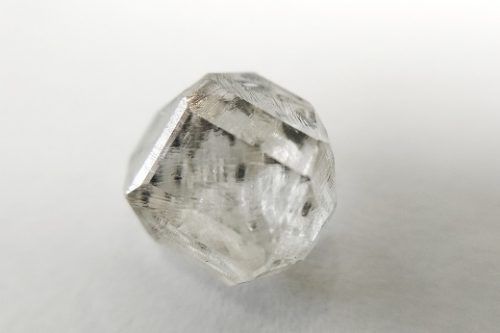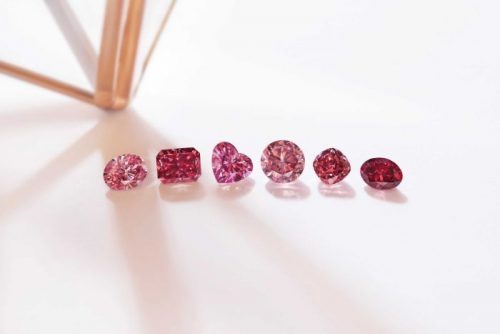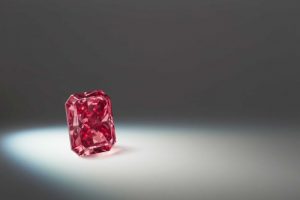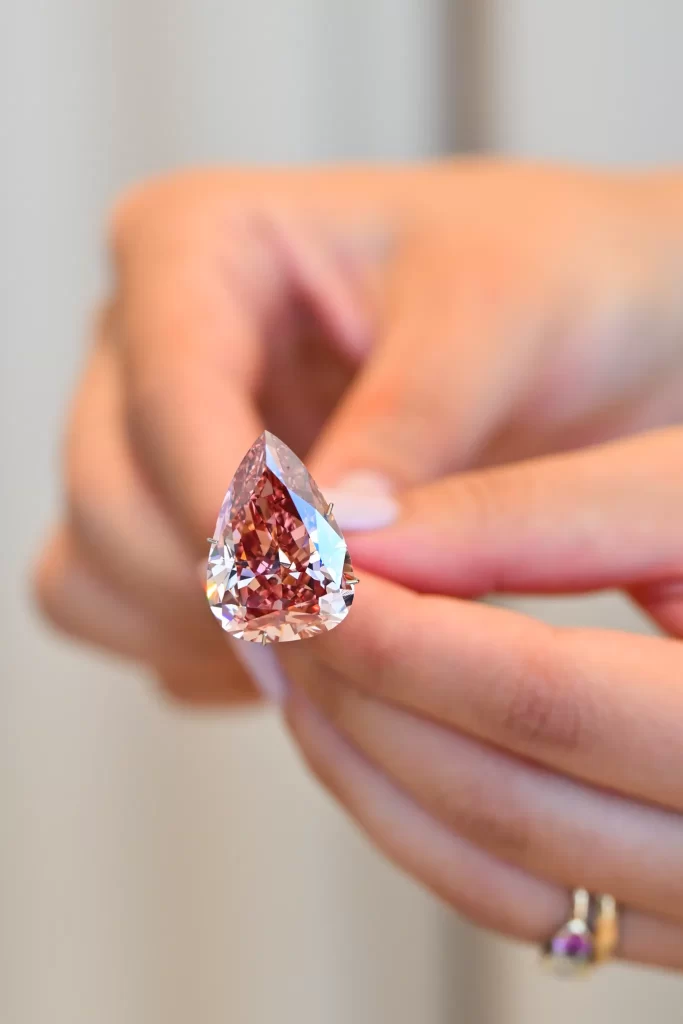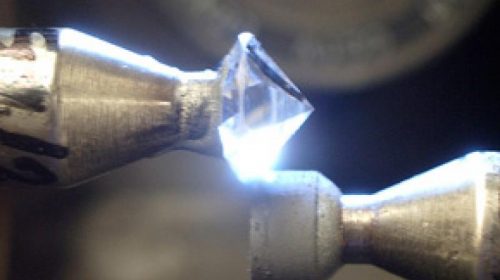
The US and China consume 60 per cent of the world’s production of diamonds. Recently consumer demand in these key markets is either depressed or subdued due to various reasons.
MSME-dominated diamond cutting and polishing industry is facing a crisis. Several units have reduced their production days and thousands of labourers have gone out of job. Working capital crunch, sluggish demand from China and falling polished diamond prices have been affecting the industry. Jewellery makers too are worried about the increase in the customs duty of gold and silver.
“At least 30 per cent of the MSMEs, which are into polishing works, have reduced their capacity utilization.
Instead of six days, now they are working five days. These are units that procure raw materials from larger companies and return them after polishing. Further, several units in Saurashtra and north Gujarat are affected to the extent that thousands have gone out of job. These units employ 10 to 15 workers. Around 10,000 to 15,000 are out of work and have returned to agricultural jobs,” said Dinesh Navadiya, Member of Surat Diamond Association.
According to him, multiple issues are affecting the industry. Companies have been facing working capital crunch due to shortage of bank finance. While domestic banks have cut their borrowing limits to the gems and jewellery sector, the PNB scam has also made it difficult for exporters to credit from international agencies for buying roughs. Delayed GST refunds too are blocking the working capital.
“Liquidity crunch and lack of adequate finance to the sector have added to the woes. This has resulted in factories limiting their production,” said GJEPC Chairman Pramod Kumar Agrawal.
The off-take of polished diamonds by China either directly or through Hong Kong has come down considerably with the trade war. Weaker Yuan has made imports costly for the jewellery sector.
“The US and China consume 60 per cent of the world’s production of diamonds. Recently consumer demand in these key markets is either depressed or subdued due to various reasons. There is a recessionary trend in China. Retail sales are down. The US-China trade war is adding to the volatility and uncertainty. There is destocking by retailers in major consuming countries such as the US and China and they are not reordering,” said Agrawal.
While the demand is slow, the polished diamond prices too have been coming down. Diamonds of one carat and more have been seeing continuous erosion of prices. This has forced the companies to limit their rough purchases. In caratage terms, import of rough diamonds and export of polished diamonds are down by around 23 per cent in the first two months of this fiscal. It was down 13 per cent in last fiscal.
Source: DCLA

